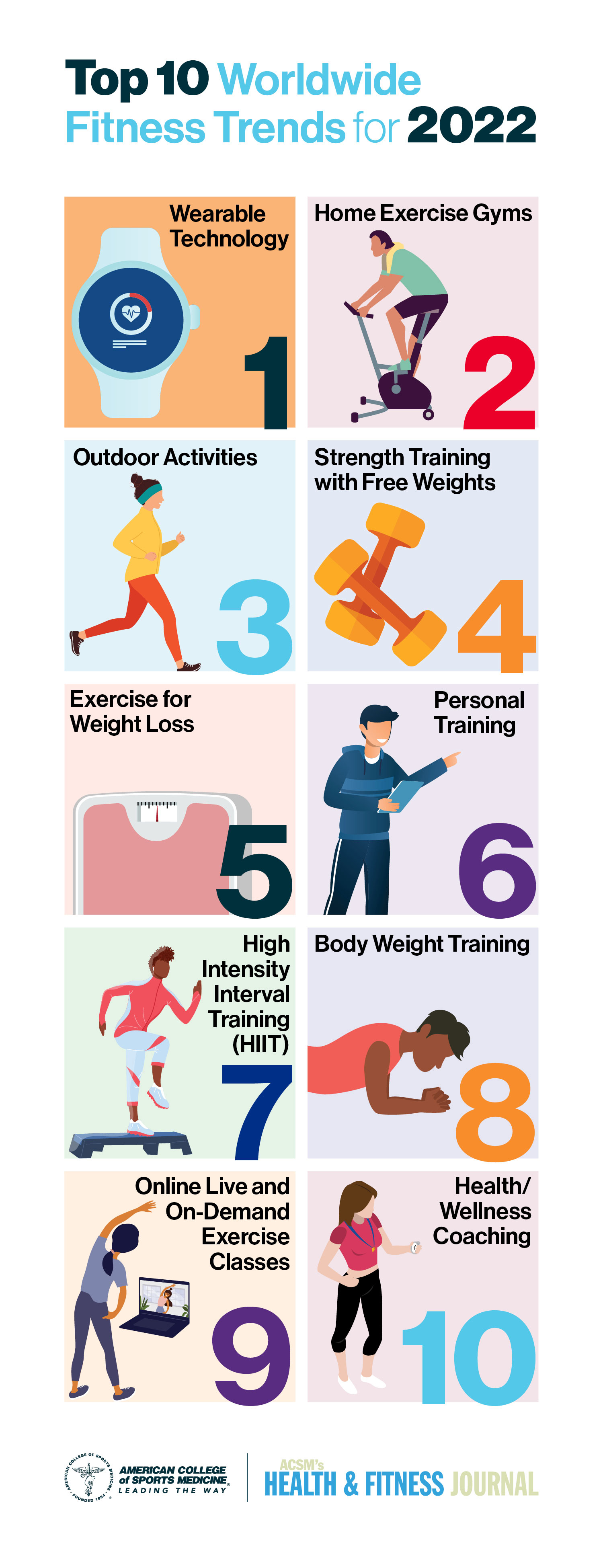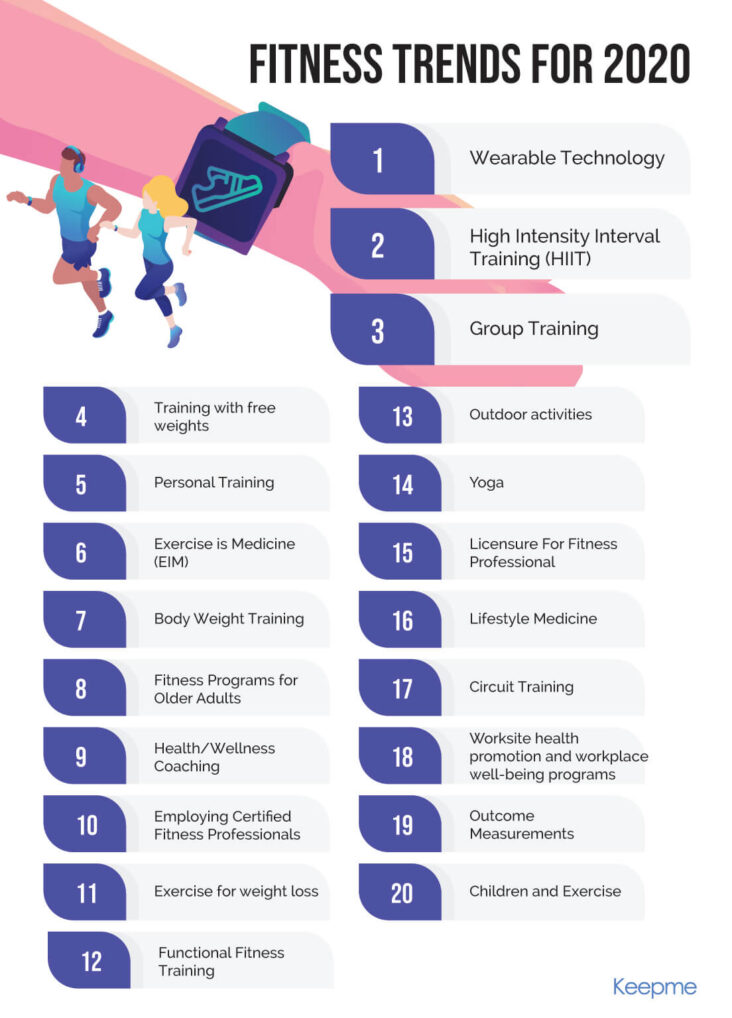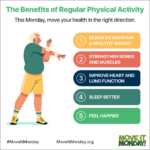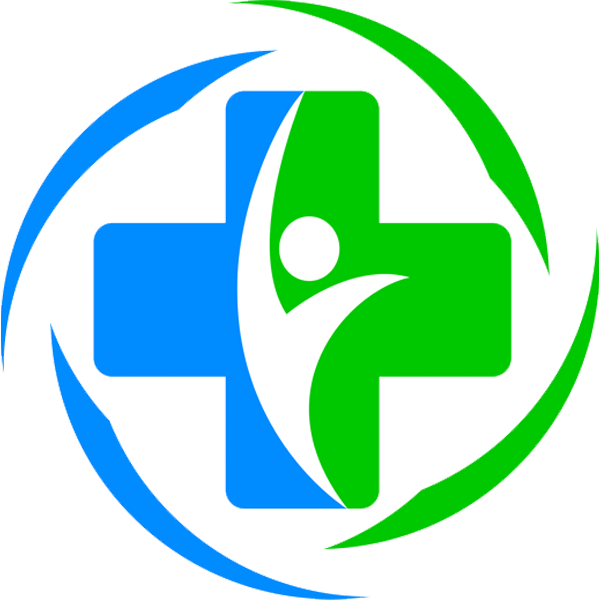Keeping up with the latest health and fitness trends can be overwhelming and often confusing. From low-carb diets to high-intensity workouts, it’s difficult to know which trends are effective and which are just hype. In this article, we’ll discuss the most common health and fitness trends and fads and help you figure out what works and what doesn’t to make sure you’re getting the most out of your fitness efforts. So if you’re looking to get the most bang for your buck, keep reading to learn the truth behind the latest health and fitness trends.
High Intensity Interval Training (HIIT) – Pros and Cons

High Intensity Interval Training (HIIT) is a popular workout trend that has been gaining traction in recent years. This type of training is known for its ability to burn fat and calories quickly, while also building muscle and improving endurance. HIIT involves short bursts of intense exercise followed by a period of rest. HIIT is often considered to be an ideal way to achieve maximum results in a short period of time. One of the biggest pros of HIIT is that it is a great way to get a full body workout in a short amount of time. HIIT can be done with just bodyweight movements, making it easy to do at home or in a hotel room. HIIT is also great for those looking to lose body fat, as it helps burn calories quickly and effectively. HIIT can also help improve cardiovascular health, as it increases heart rate and oxygen intake. However, while HIIT can be a great way to get in shape, it’s important to know the risks and take appropriate precautions. HIIT can be very intense and can cause injury if done incorrectly. It’s important to warm up properly and to listen to your body when engaging in HIIT workouts. Additionally, HIIT can be difficult
Plant-Based Diets – Benefits and Pitfalls

Plant-based diets are becoming increasingly popular, as people are recognizing the many health benefits that come with eating more plants. Plant-based diets can lower cholesterol, increase energy levels, reduce inflammation, and help to maintain a healthy body weight. Additionally, plant-based diets are often high in vitamins, minerals, and antioxidants, which can help to reduce the risk of chronic diseases such as heart disease, diabetes, and cancer. However, there are some pitfalls to consider when it comes to plant-based diets. It is important to be aware of potential nutrient deficiencies, as plant-based diets may not contain enough protein, iron, calcium, and vitamin B12. If you’re considering switching to a plant-based diet, it’s important to consult a healthcare professional to ensure that you’re getting all the nutrients your body needs. Additionally, you should make sure to include a variety of plant-based foods in your diet, as different plant foods offer different health benefits. With careful planning, plant-based diets can be a healthy and sustainable way to maintain a balanced diet and optimal health.
The Popularity of Yoga and Pilates – Benefits and Risks

Yoga and Pilates are two of the most popular health and fitness trends of the past decade. Both disciplines offer a wide range of benefits, from improved flexibility to enhanced mental clarity. While both practices provide excellent physical and mental health benefits, there are also some potential risks involved. Yoga is a low-impact form of exercise that combines stretching, breathing, and mental focus. It is said to help reduce stress, improve balance and posture, and increase overall strength and flexibility. While the practice of yoga can be beneficial, it can also be dangerous if not done correctly. It is important to find a qualified instructor and always pay attention to proper form and technique. Pilates is a form of exercise that concentrates on the core muscles and provides a full body workout. Pilates can increase flexibility, strength, and balance, while improving posture and mental clarity. As with any form of exercise, there are potential risks associated with Pilates such as muscle strain, joint pain, and even injury. To ensure safety, it is important to find an experienced instructor and listen to their instructions. Yoga and Pilates can both be excellent additions to any fitness routine, but it is important to understand the risks associated with each practice
Natural Supplements – Advantages and Disadvantages

Natural supplements can provide numerous advantages to those looking to improve their health and fitness goals. They can help to provide the body with essential nutrients, vitamins and minerals it needs to perform at its best. Natural supplements can also be a great way to get the necessary vitamins and minerals for those who are on a restricted diet due to allergies or special dietary needs. Further, natural supplements can be more easily absorbed by the body than synthetic supplements. However, natural supplements can also present some disadvantages. Natural supplements can be more expensive than synthetic supplements, and they may not be as easily available. Further, natural supplements can be harder to dose than synthetic supplements, as they can vary greatly in their potency. Finally, there can be a risk of contamination with natural supplements, as many of them are not regulated by the same standards as synthetic supplements. Therefore, it is important to do your research to make sure that you are taking the right supplement for your health and fitness goals.
Wearable Technology – The Pros and Cons of Tracking Your Fitness

Wearable technology is a great tool to help track your fitness and health. It can be worn on the wrist and can track everything from steps taken to heart rate. However, there are some pros and cons to wearing this technology. The pros of wearing this technology are that it can help keep track of how active you are and make it easier to stay on track with your fitness goals. It can also help motivate you by giving you rewards when you reach certain goals. Additionally, it can provide valuable data that can help you better understand your overall health and fitness. The cons of wearing this technology are that it can be expensive, not very accurate, and can be a distraction from actually working out. Additionally, it can be difficult to interpret the data and understand what it all means. Additionally, some people may find it intrusive to wear something all the time. Overall, wearable technology is a great tool for tracking your fitness, but it’s important to consider the pros and cons before making a decision to purchase one. Understanding the data and using it to your advantage can be a great way to stay on track with your fitness goals and monitor your overall health.




